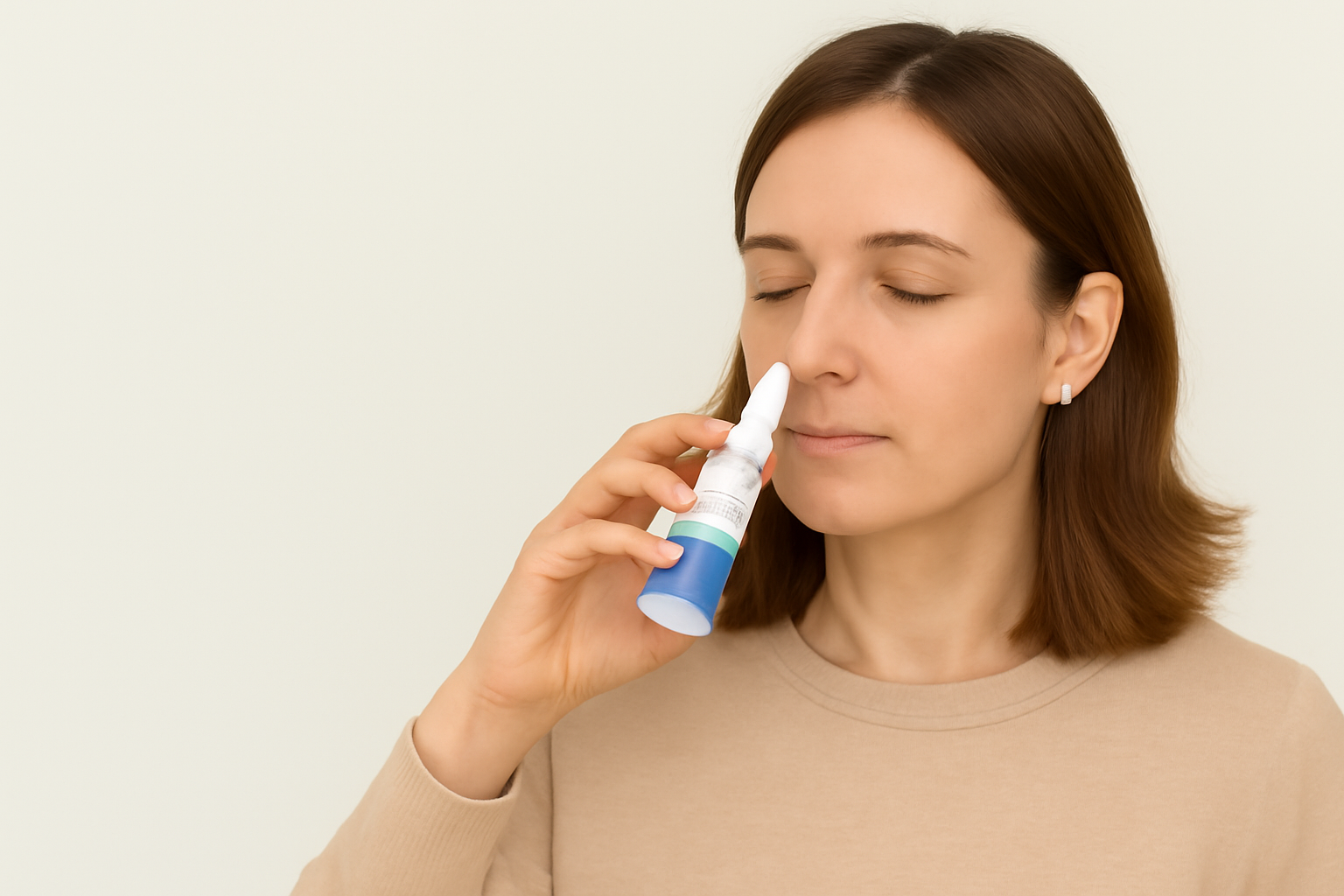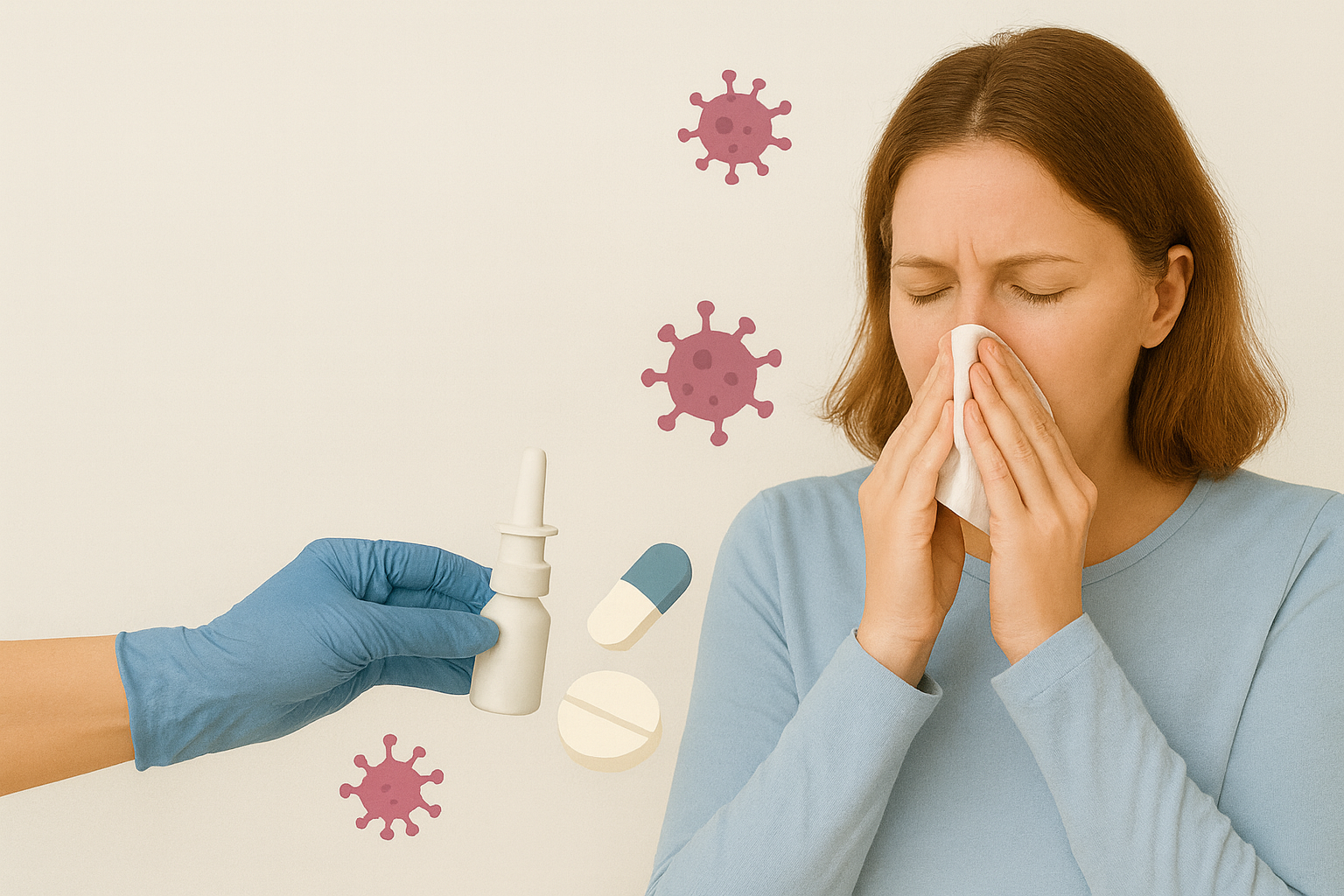In Vitro Evidence Supporting Nasal and Oral Decontamination Strategies
The COVID-19 pandemic has prompted urgent investigation into safe and effective strategies for reducing transmission, particularly in healthcare settings. A research team from Ocean Ophthalmology Group, the University of Connecticut, and Veloce BioPharma conducted the first in vitro study assessing the virucidal effects of povidone-iodine (PVP-I) nasal and oral preparations specifically against SARS-CoV-2.
Their findings demonstrate that PVP-I, widely used as an antiseptic, can rapidly inactivate the virus at concentrations and contact times compatible with clinical use.
Key Highlights from the Study
Background and Rationale
- SARS-CoV-2 spreads predominantly through respiratory droplets and contaminated surfaces.
- Viral load is highest in the nasal cavity, nasopharynx, and oropharynx.
- High transmission risk exists even in asymptomatic or presymptomatic individuals.
- PVP-I has a long-standing history as a broad-spectrum antimicrobial agent.
- Prior studies showed PVP-I’s effectiveness against related coronaviruses (SARS, MERS), but not specifically against SARS-CoV-2 until now.
Objective
- To evaluate the in vitro virucidal activity of commercially developed PVP-I nasal and oral antiseptic solutions against SARS-CoV-2.
Methodology
- Testing was performed in a Biosafety Level 3 (BSL-3) laboratory.
- The SARS-CoV-2 strain USA-WA1/2020 was incubated with various concentrations of PVP-I for 60 seconds.
- PVP-I concentrations ranged from 0.5% to 2.5% (after dilution).
- Standard endpoint dilution assays (CCID₅₀) were used to measure viral titers post-treatment.
- Controls included ethanol (positive control), water (virus control), and neutralization/toxicity assessments.
Results
- All PVP-I formulations, including both nasal and oral antiseptics, achieved >4 log₁₀ reduction in virus titers within 60 seconds.
- Viral titers were reduced from 5.3 log₁₀ CCID₅₀ to ≤0.67 log₁₀ CCID₅₀.
- No cytotoxic effects were observed in any test condition.
- Effective concentrations included:
- 2.5%, 1.25%, and 0.5% PVP-I nasal antiseptics
- 1.5%, 0.75%, and 0.5% PVP-I oral rinse antiseptics
Clinical Relevance and Discussion
- Current infection control measures primarily focus on PPE, hand hygiene, and surface disinfection.
- Nasal and oral antisepsis using dilute PVP-I offers an additional tool to reduce viral burden at the primary transmission sites.
- High concentrations of PVP-I (above 2.5%) may be toxic to nasal mucosa and ciliated epithelium.
- However, dilute concentrations (<1.25%) were found to be both safe and effective.
- PVP-I use has been supported by:
- Otolaryngologists, anesthesiologists, and dental associations
- Clinical guidelines recommending pre-procedural rinses and routine use among healthcare workers
Conclusion
- This study is the first to demonstrate that nasal and oral PVP-I solutions can effectively inactivate SARS-CoV-2 in vitro.
- The results support the safe use of these formulations as adjunctive infection control tools, particularly:
- In outpatient care settings
- Prior to aerosol-generating procedures
- Among healthcare personnel at elevated risk
- Further research is ongoing to evaluate efficacy at shorter exposure times and in real-world clinical settings.
Implications for Practice
- Incorporating PVP-I nasal sprays and mouthwashes may reduce the risk of transmission in:
- Clinical offices
- Surgical centers
- Dental and ENT practices
- As a non-toxic, cost-effective, and fast-acting antiseptic, PVP-I presents a promising addition to comprehensive COVID-19 prevention strategies.






.png)